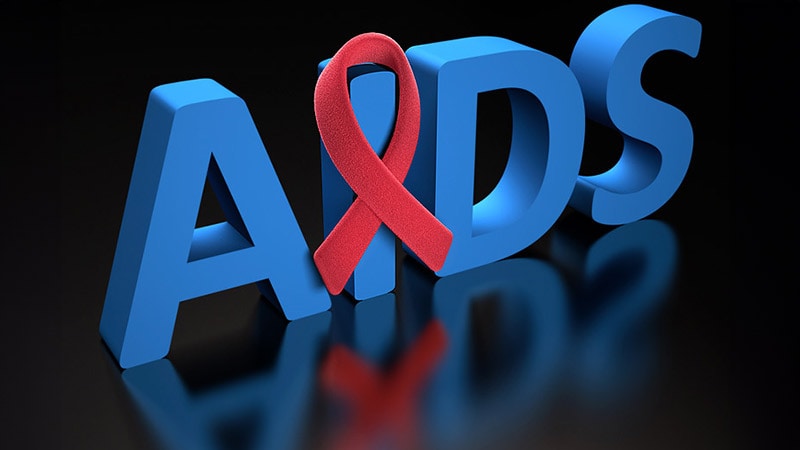Takeaway
- Travel plays a major role in sexually transmitted infection (STI) transmission acquisition among Western travelers.
Why this matters
- Consider pretravel prevention education to minimise STI acquisition during travel.
- Offer preexposure prophylaxis, condom, postexposure testing, and treatment, especially among at-risk travellers.
Key results
- 140 travellers, 163 STI diagnoses (95 in 84 HIV-negative, 68 in 56 HIV-positive).
- 89% (125) male, 54% (76) were men who have sex with men (MSM), 40% (56) HIV-positive.
- 71% (100) travellers reported casual sex abroad; 46% (59) had 1 sexual partner, 43% (55) ≥3 partners.
- 39% (55) symptomatic during travel, 58% (32/55) had doctor consult.
- HIV acquisition: 38% (47% [17] MSM, 39% [14] heterosexual males, 14% [5] women); median time to symptom onset upon return, 9 (interquartile range, 4-14) days.
- 70% were non-B subtypes.
- Regions of acquisition: Sub-Saharan Africa (39%), Southeast Asia (25%).
- Most common STIs in 56 HIV-positive: 89% hepatitis C, 83% syphilis, 56% Chlamydia Trachomatis (CT), 36% Neisseria gonorrhoea.
- Among 84 HIV-negative: 38% HIV, 17% N gonorrhoea, 14% primary herpes.
Study design
- Retrospective chart review analysing epidemiological, clinical, microbiological characteristics of STIs acquired among returning French travellers vs STI spectrum in HIV-positive/-negative travellers, January 2008-December 2016.
- Funding: None.
Limitations
- Selection bias.
- Limited generalisability.
- Underestimated case numbers.
References
References


